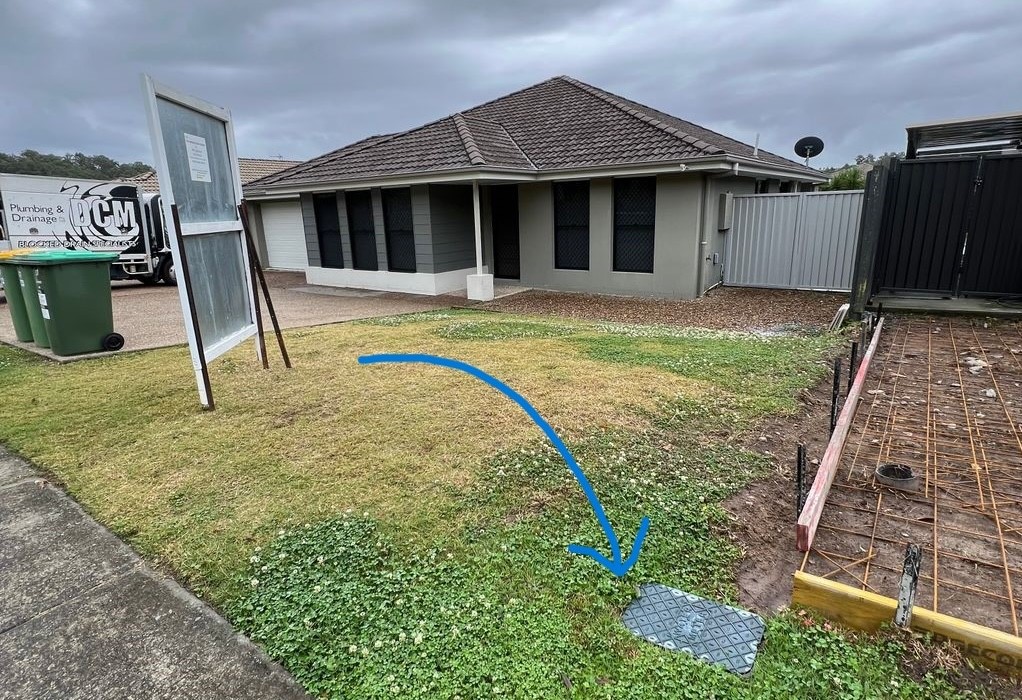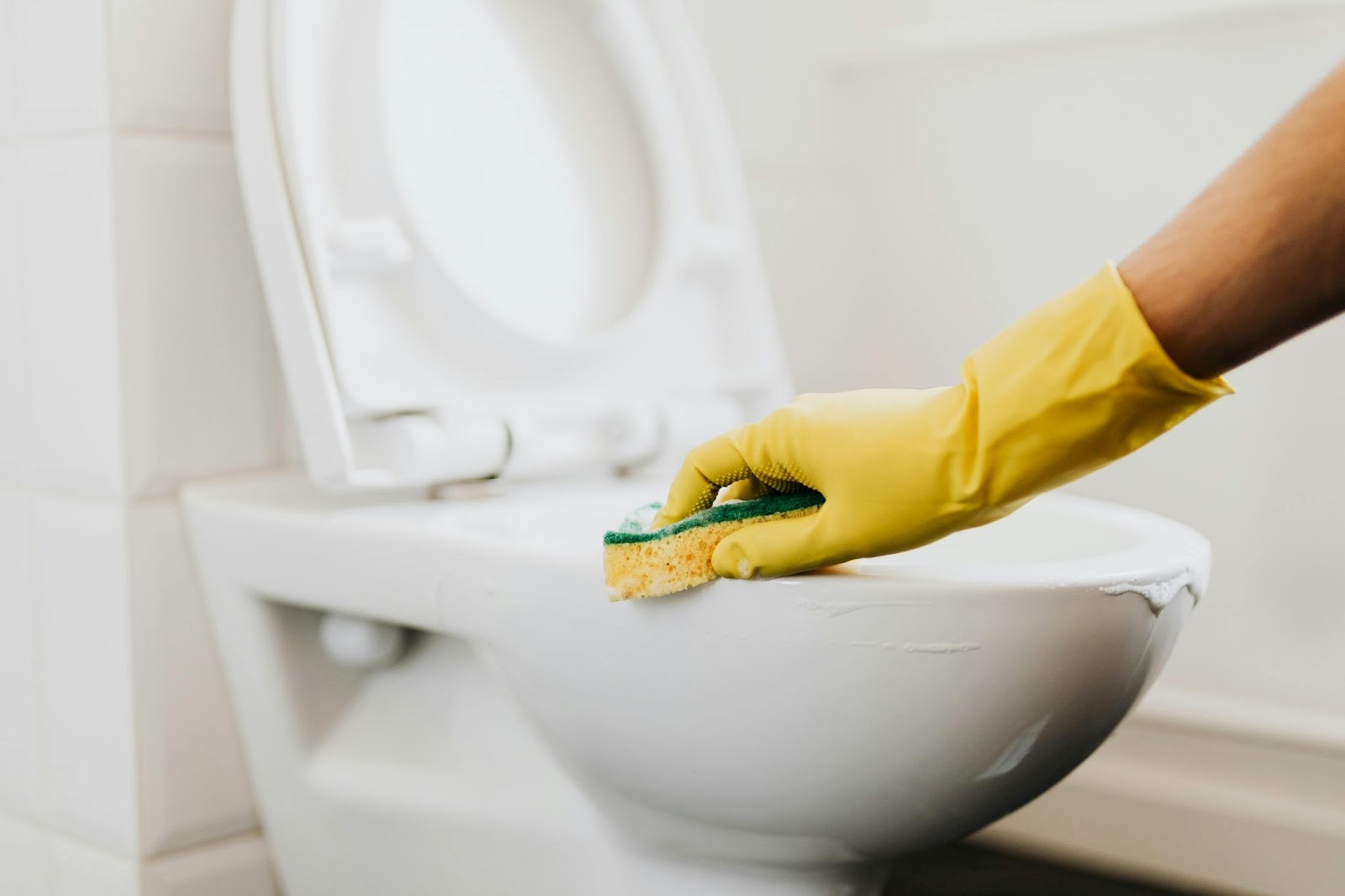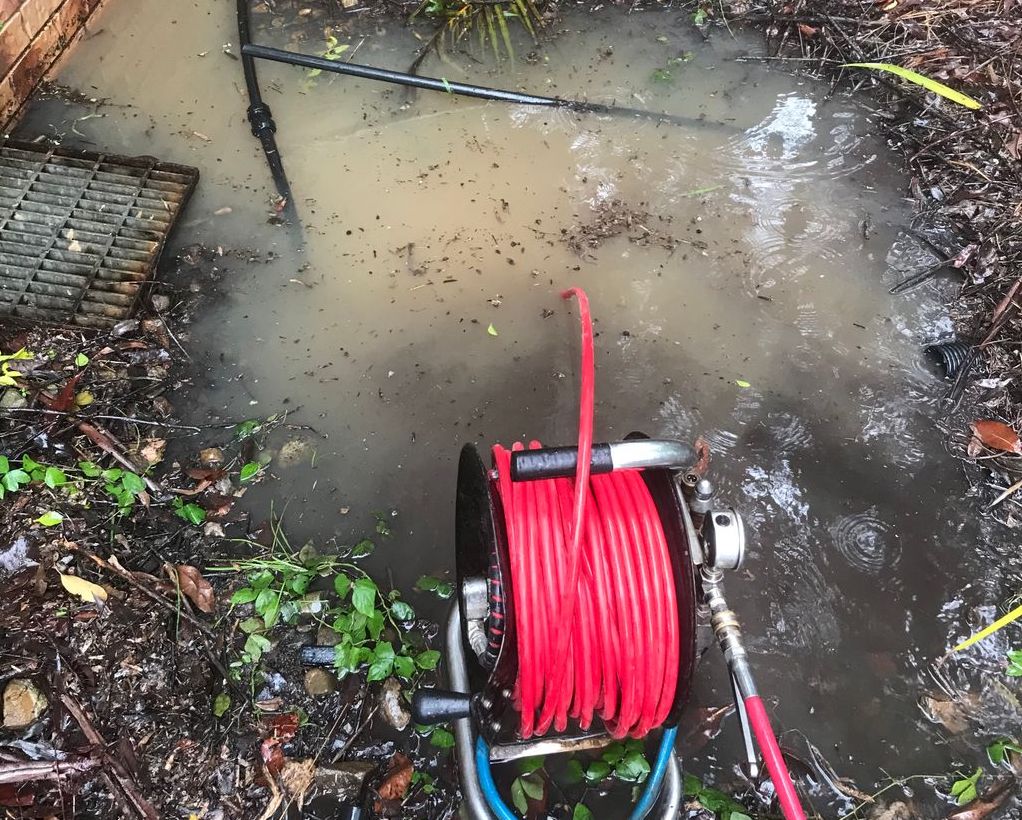Who invented the toilet? Thomas Crapper, right?
Not exactly.
Although Crapper’s contribution to the modern day toilet is significant, the origins of the toilet are rooted deep in ancient history, predating him by thousands of years. And so it turns out, the title of “he who invented the toilet” cannot be appointed to one single person, since the toilet as we know it today has evolved over thousands of years!
So, Who is the Inventor of the Toilet?
The invention of the toilet is a subject of historical debate. John Harrington is credited with inventing the first flush toilet in 1596, known as the ‘Ajax’. However, it was Alexander Cumming who refined the design in 1775, receiving a patent for a toilet featuring an S-trap that retained water to seal out sewer gases. Cumming’s improvement is considered a crucial development in the evolution of the modern toilet.
So now that we have our frontrunners, let’s take a step back… is a flush really what makes a toilet?

The Earliest Toilets
Let’s take a look at a brief timeline of the advent of the toilet.
Ancient Mesopotamia and Scotland
The dawn of toilet history takes us back an astonishing 5000 to 6000 years, to the cradle of civilization in ancient Mesopotamia, present-day Iraq. Here, the earliest found forms of toilets were simple yet functional, consisting mainly of pits – a far cry from what we know today as the toilet. These rudimentary toilets offered the basic advantage of separating people from their waste, a step in the right direction in terms of public health.
On the other side of the planet, In the far reaches of Northern Scotland, the prehistoric settlement of Skara Brae was on the island of Mainland. Dated to around the same era as the Mesopotamian toilets, there’s a cluster of ten houses that is remarkable for its early plumbing innovation. Each house was equipped with a modest drainage system, connecting to a larger communal conduit that led to the ocean. Here residents practised the earliest form of flushing by pouring water into the drains.
Ancient Greek & Romans Society

Approximately 2,500 years ago, the era of Classical Greece marked a significant milestone in the history of sanitation with the introduction of public latrines. These communal facilities, more sophisticated than their predecessors, featured large rooms fitted with bench seats strategically positioned above flowing water channels, serving as the early prototypes of public sewer systems. This period also saw the rise of private toilets in the homes of the wealthy, symbolising their status in Greek society.
The latrine development takes an intriguing turn with the Ancient Romans. By the first century BC, over 2,000 years ago, the Romans had embraced and refined the concept of public latrines, drawing inspiration from Greek designs. These Roman versions were more sophisticated, often constructed with stone or wood, featuring benches with strategically placed openings, all perched above efficiently designed sewer systems carrying running water.
Interestingly, some historical accounts suggest the existence of early types of toilet brushes, offering a glimpse into the Roman approach to cleanliness. However, the luxury of running water remained a public affair, as private toilets in Roman homes were typically just pits used for waste disposal, including food scraps. Once filled, these pits were either emptied into the public sewer or discarded in outlying fields, a practice far from the comfort and convenience of modern toilet plumbing.
The Chamber Pot: A Regression in Toilet Sanitation
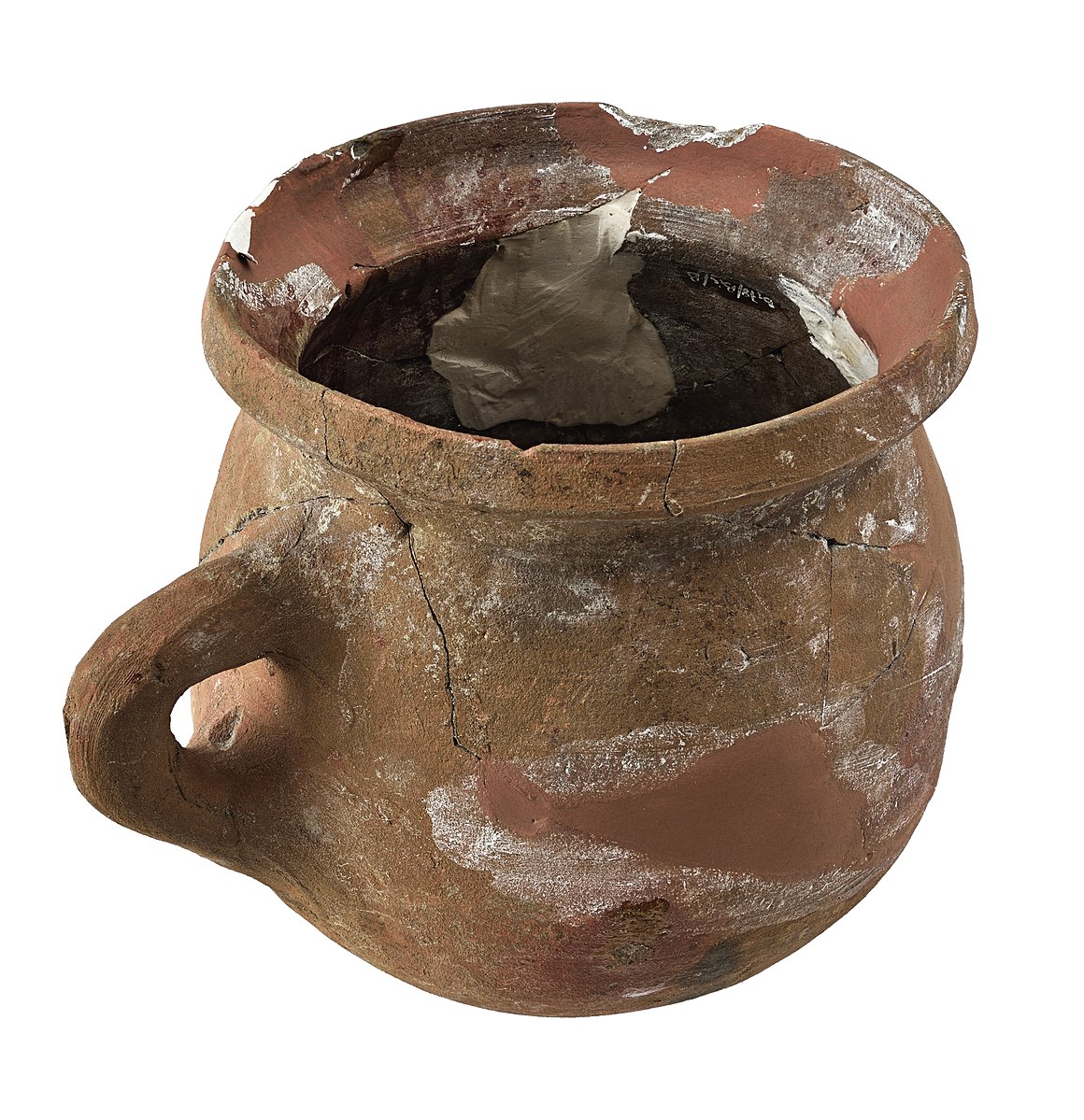
After the developments of ancient civilizations, the advancement of plumbing and toilet facilities stalled and even regressed. During the mediaeval period, roughly spanning from 1066 to 1485, the majority of the world population experienced a stark decline in access to the advanced plumbing systems once prevalent in Roman and Greek societies.
This era witnessed a return to more basic methods of waste disposal. The most common practice was the use of chamber pots, which were unceremoniously emptied out of windows, often without regard for passersby below. This unsanitary practice was widespread despite laws attempting to regulate it. Many preferred this method over the physical task of carrying waste to the nearest river, which presented its own set of sanitary challenges.
Contrasting sharply with the commoners of the era, however, the upper class of mediaeval society had the luxury of using ‘garderobes’.
Garderobes
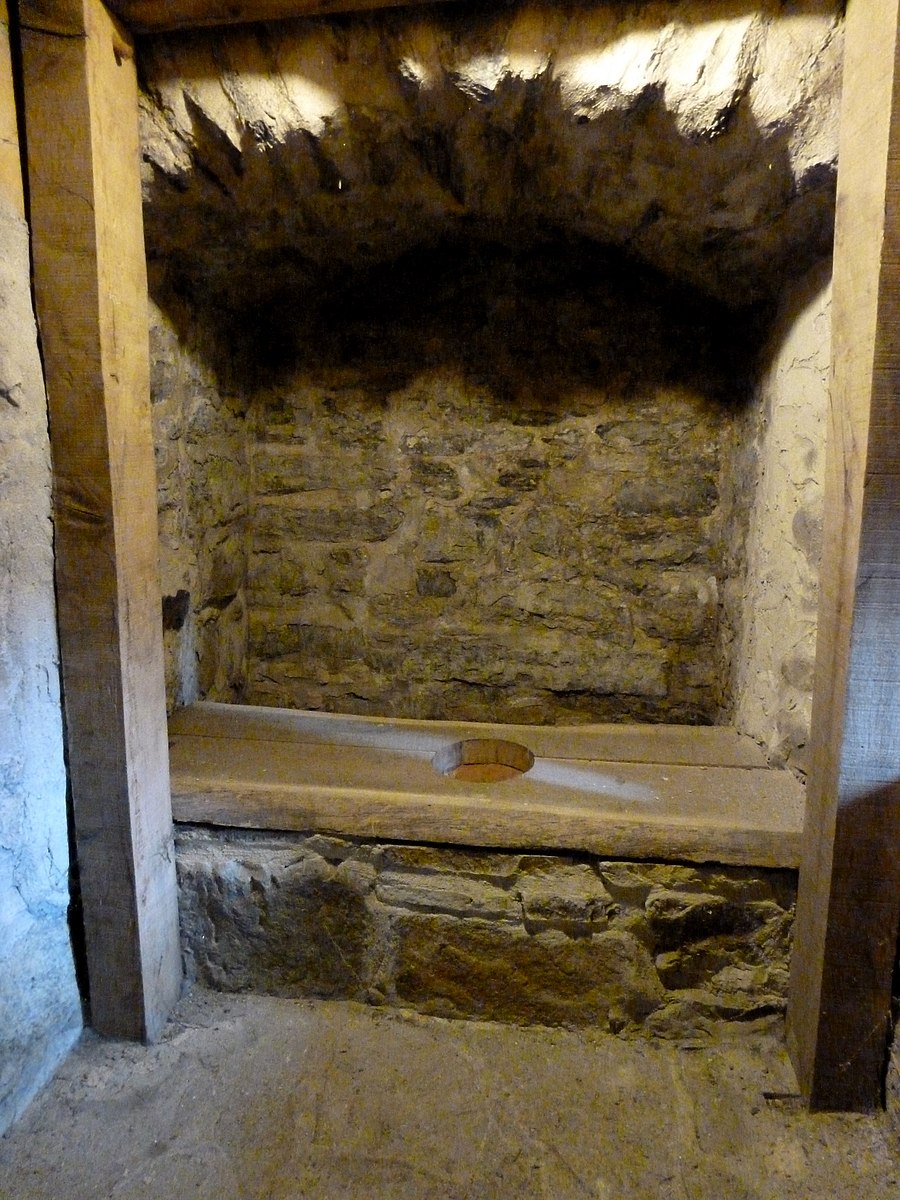
In the mediaeval era, ‘garderobes’ emerged as a unique solution to sanitary needs, particularly among the elite.
The term ‘garderobe’ derives from the French words ‘garder’ (to keep) and ‘robe’ (clothes). These toilets also served as storage spaces for clothing. The potent odour from human waste and the ammonia in urine were believed to deter fleas, making garderobes an interestingly dual-purpose space.
Garderobes had various names, such as privy, draught, and gong. The maintenance and cleaning of these toilets fell to individuals known as gong farmers. This role, while not highly sought-after, was surprisingly well-paid due to the nature of the work.
In castle design, garderobes were strategically positioned as far from living areas as possible, often equipped with double doors to reduce the spread of any unpleasant smells. They typically featured chutes leading directly to the castle moat, where waste accumulated until removed by the gong farmers.
The Flush Heard Around the World: John Harrington and the Invention of the Flush Toilet
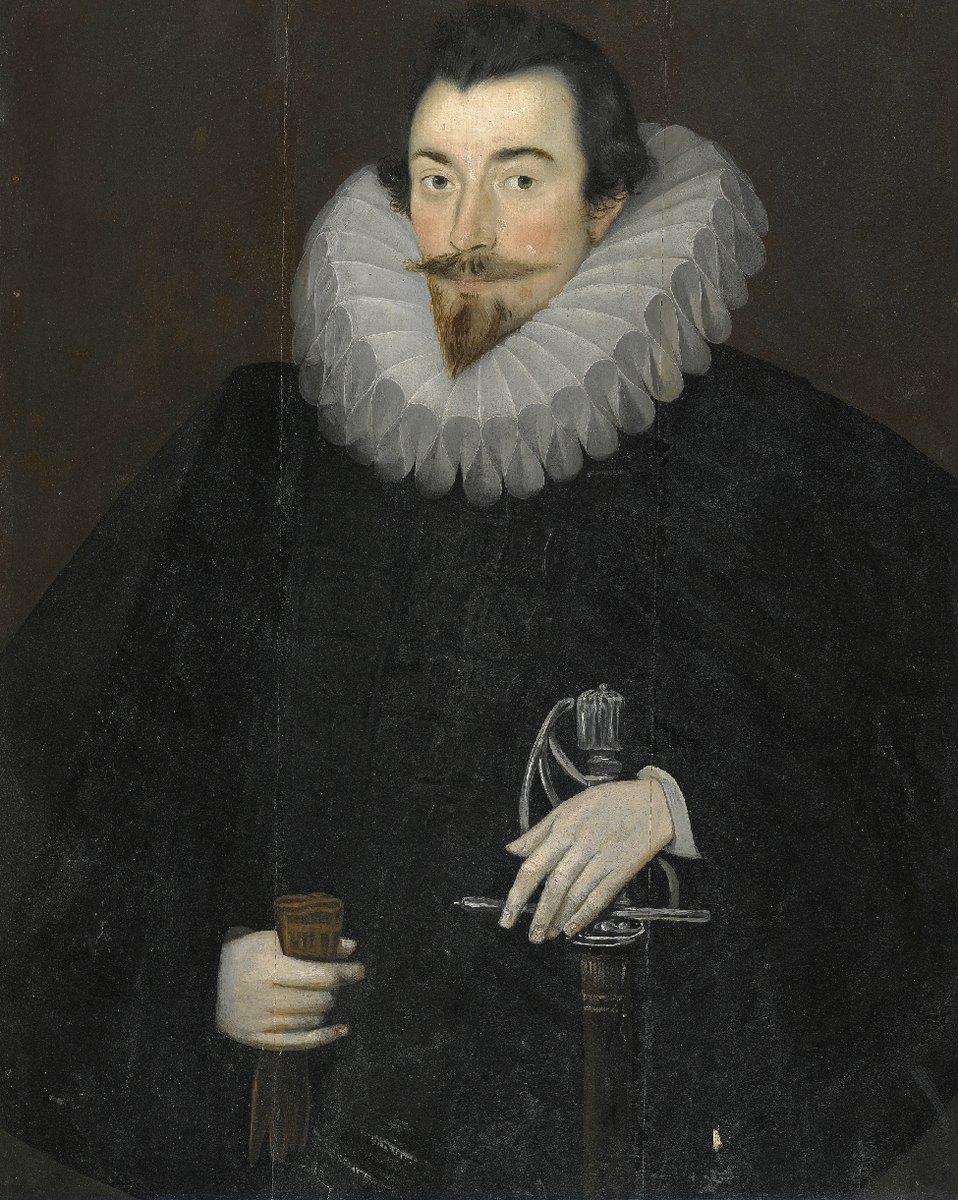
Now, we get back to where we started. In 1592, Harrington – notably the godson of Queen Elizabeth I – engineered a system that was sealed with wax and resin, featuring an upstairs cistern to store water. This early flush toilet released a deluge of 28 litres of water – in contrast, modern flush systems only use 6-9 litres!
Queen Elizabeth I herself showed great enthusiasm for Harrington’s invention, a testament to its novelty and potential. However, this groundbreaking innovation didn’t immediately catch on. It wasn’t until two centuries later in 1775 when Alexander Cumming made crucial improvements to Harrington’s design that the flush toilet became more popular.
The Father of Modern Toilet Plumbing: Alexander Cumming

The transition to modern toilets truly began with Alexander Cumming’s innovative S-pipe invention and his patenting of the flush toilet. This design tackled the issue of sewer gas leakage in toilets, which had been a source of unpleasant odours and significant health hazards. The genius of the S-pipe, (or S-trap) lay in its ability to create a water seal within the toilet bowl, blocking sewer gases from entering living spaces.
Cumming’s S-pipe became a catalyst for further innovations in toilet technology. It inspired a wave of inventors to conceive new and improved toilet designs, contributing to the evolution of the toilet as we know it today. Among these inventors was Thomas Crapper, a name often mistakenly credited with the invention of the toilet. Although he did not invent the toilet, Crapper played a big role in popularising it.
Thomas Crapper: Inventor of the Toilet?

Thomas Crapper, born in Yorkshire, England in 1836, carved a niche for himself in plumbing history, not as the inventor of the toilet, but as a significant innovator and marketer in the field. Starting as an apprentice, he rose to become a notable sanitary engineer, eventually establishing the renowned Thomas Crapper & Co. in London, a bathroom product company that is still in operation today.
The Ballcock
Crapper’s most notable invention is the ballcock. This mechanism controlled the water flow into the toilet tank, enhancing the efficiency and reliability of flushing systems. This advancement played a key role in making toilets a standard feature in both public and private spaces.
Crapper was a masterful marketer and promoter. His skillful use of catchy slogans and innovative advertisements greatly popularised indoor plumbing and the use of flush toilets. He was also a pioneer in creating public showrooms for toilets and plumbing fixtures, effectively bringing these topics into the mainstream.
The Future of Toilets
Now that we’ve looked at the past, what of the future? The evolution of toilets is steering towards a future where technology meets sustainability. Visionaries like Bill Gates are working towards high-efficiency, low-cost toilets, particularly aimed at enhancing sanitation in underprivileged areas.
There has been groundbreaking development in toilet technology with the incorporation of health monitoring features. Emerging smart toilets are being equipped with discrete sensors and artificial intelligence capable of analysing waste. This feature promises to offer insights into the user’s health, potentially detecting early signs of illness or assisting in the management of chronic conditions.
Another exciting future for the toilet is the ‘Autarky Toilet‘, developed by researchers at Eawag, the Swiss Federal Institute of Aquatic Science and Technology. This project aims to create a self-sufficient toilet, independent of water and sewer networks. The Autarky Toilet is designed to treat waste on-site, converting it into valuable resources like nutrients for fertiliser.
Your toilet today
Whether it’s installing the latest in toilet technology or providing exceptional plumbing solutions for traditional setups, our team is equipped to handle all your bathroom needs. Embracing both the rich history and the promising future of plumbing, we’re here to ensure that your home’s sanitation systems are not only functional but also contribute to your overall wellbeing and comfort.
Are you on the Gold Coast and ready to upgrade your bathroom with the latest innovations or need expert advice on maintaining your current setup? Reach out to us at DCM Plumbing. Let’s bring the future of toilets and efficient plumbing to your home today!



